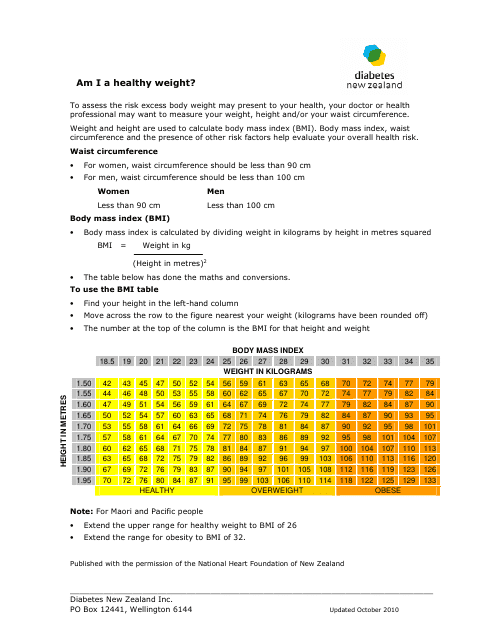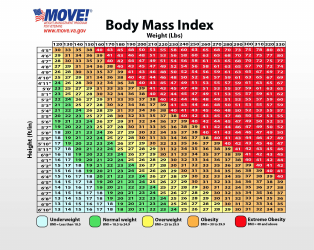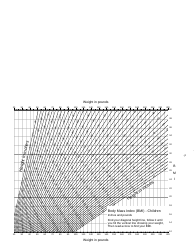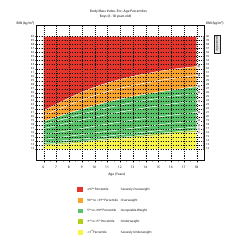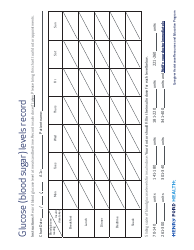Body Mass Index Chart - Diabetes New Zealand Inc.
The Body Mass Index (BMI) Chart provided by Diabetes New Zealand Inc. is used to assess a person's weight and its correlation to their height. It helps determine if an individual is underweight, normal weight, overweight, or obese. The chart is often used as a screening tool for assessing the risk of developing various health conditions, including diabetes.
FAQ
Q: What is a body mass index (BMI)?
A: Body mass index (BMI) is a measurement used to assess the amount of body fat a person has based on their height and weight.
Q: How is BMI calculated?
A: BMI is calculated by dividing a person's weight in kilograms by the square of their height in meters.
Q: What are the different BMI categories?
A: The different BMI categories are underweight (BMI less than 18.5), normal weight (BMI between 18.5 and 24.9), overweight (BMI between 25 and 29.9), and obese (BMI 30 or higher).
Q: Why is BMI important?
A: BMI is important because it can be an indicator of whether a person is at a healthy weight or at risk for certain health conditions such as diabetes, heart disease, and obesity-related issues.
Q: What is considered a healthy BMI?
A: A healthy BMI is between 18.5 and 24.9.
Q: How can BMI affect diabetes risk?
A: Having a high BMI is associated with an increased risk of developing type 2 diabetes.
